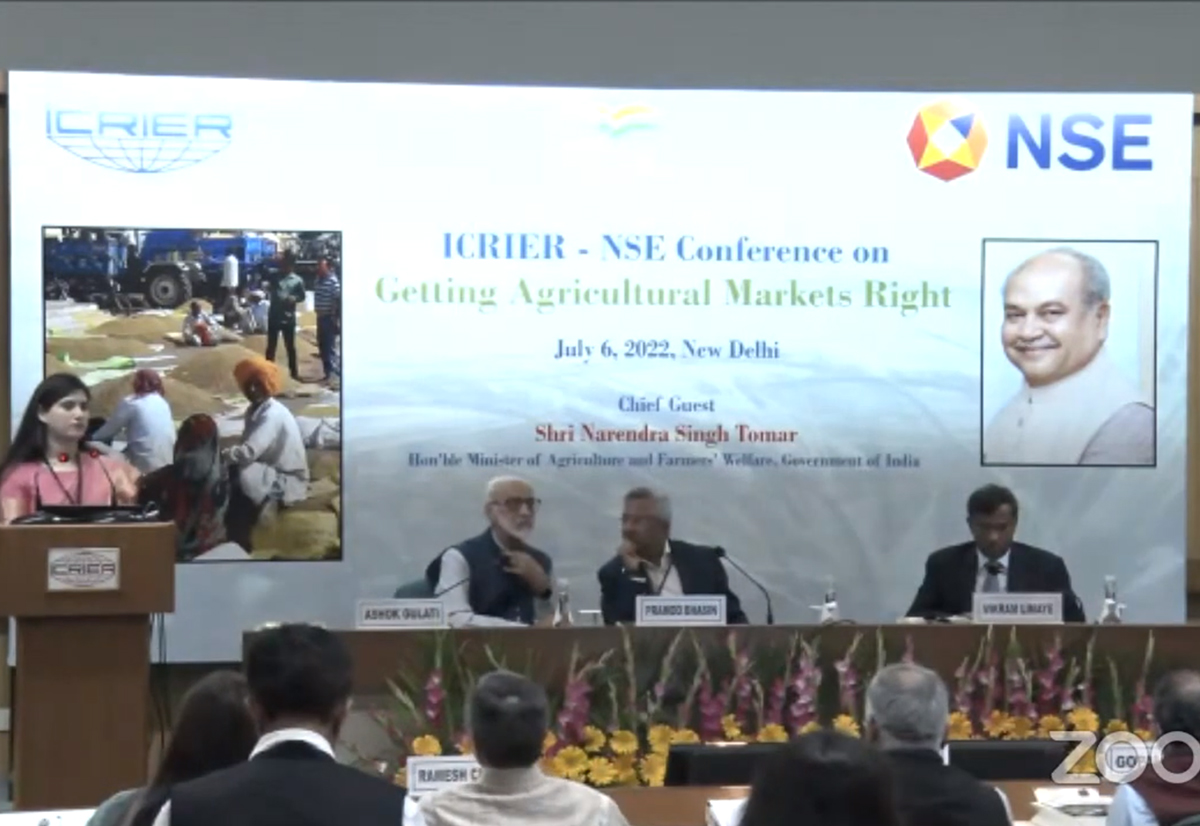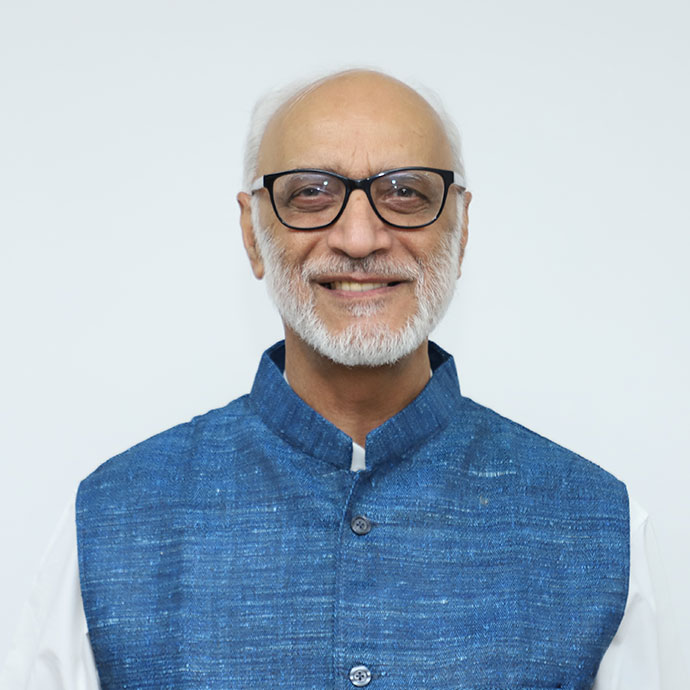
Well-functioning agricultural markets are critical for farmers to get them the best price for their produce across space and time. However, agricultural policies in India have been tilted more towards augmenting production and less on improving agricultural markets. Incentive structures have not been crop-neutral resulting in skewed production basket leading to surplus of certain commodities and deficit in others. Given that farmers in India face both production and price risk, and their current sowing decisions are based on last year’s price, they remain entrapped in a price-production cobweb. However, with right players and infrastructure, alternative markets such as e-NAM, direct marketing, contract farming, commodity derivatives and new age agri-tech start-ups can play a much larger role in determining the economic outcomes. This will also mark a shift from government-controlled pricing and marketing of several agricultural commodities, which has not delivered the desired benefits to the farmers.
The objective of the study is to find an ecosystem as well as introduce technology that enables the farmers to get the best price possible for their produce, to do the best price discovery across space and time, and to minimize the price risk.
The project involves studying issues related to agricultural marketing, role of commodity derivatives market, commodity specific studies on agricultural markets and the evolving ecosystem of agri-tech start-ups and FPOs.
Following are the deliverables in form of papers and reports, at various stages of progress:
- Getting Agricultural Markets Right: A Macro study
- Dynamics of Agricultural Marketing in India: Analysis of Situation Assessment Survey of India
- Getting Agricultural Commodity Derivatives Market Right
- Getting Rice and Wheat Markets Right
- Getting Sugarcane Markets Right,
- Getting Maize Markets Right,
- Getting Cotton Markets Right,
- Getting Potato Markets Right,
- Deepening Farmers’ Engagement in Commodity Derivatives Market through FPOs
- Linkages between e-NAM and e-NWRs
- Innovations to Get Markets Right
- Activities:
- Conducted Key Informant Interviews (KIIs) with start-up founders and executives, FPO Directors, farmer members, Government officials, experts, incubators, venture capitalists and social impact firms.
Conducted focussed group discussions with FPOs participating in commodity derivatives market for case study.


